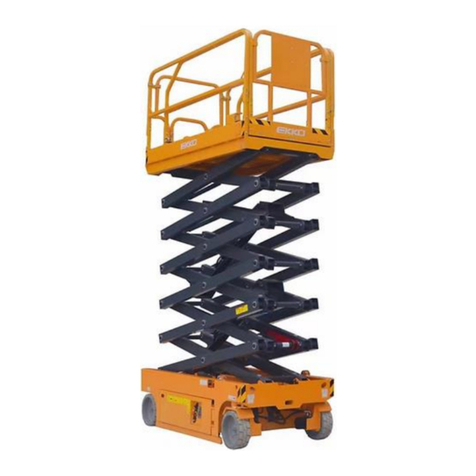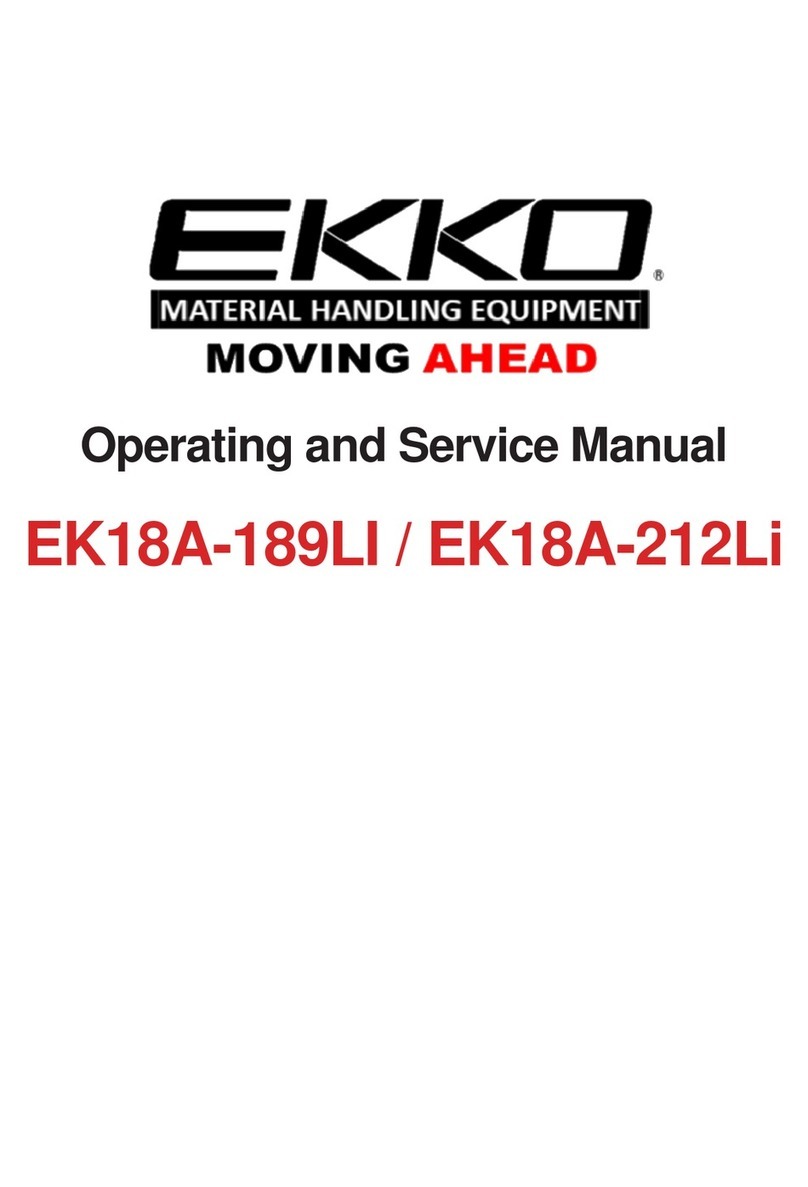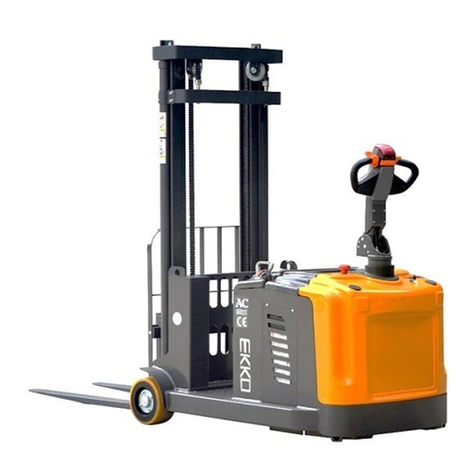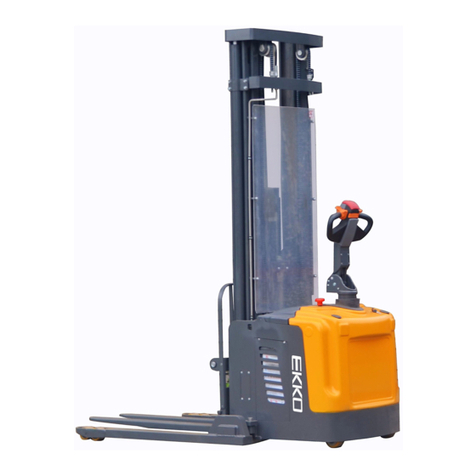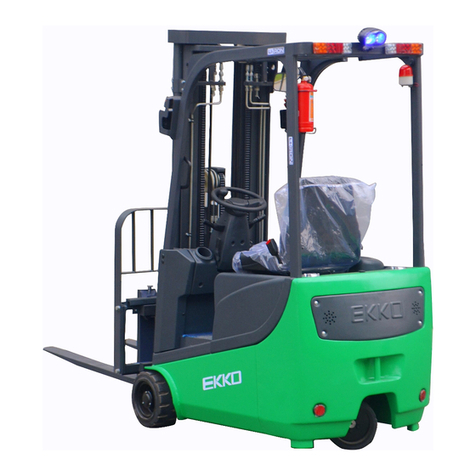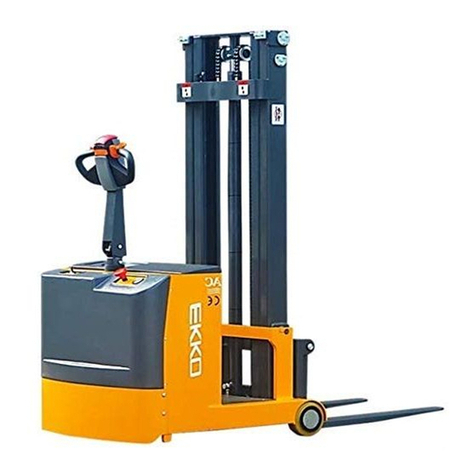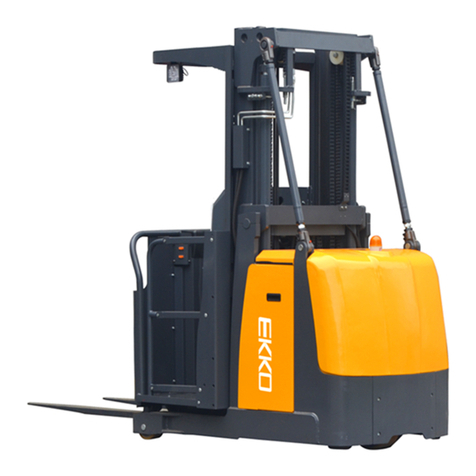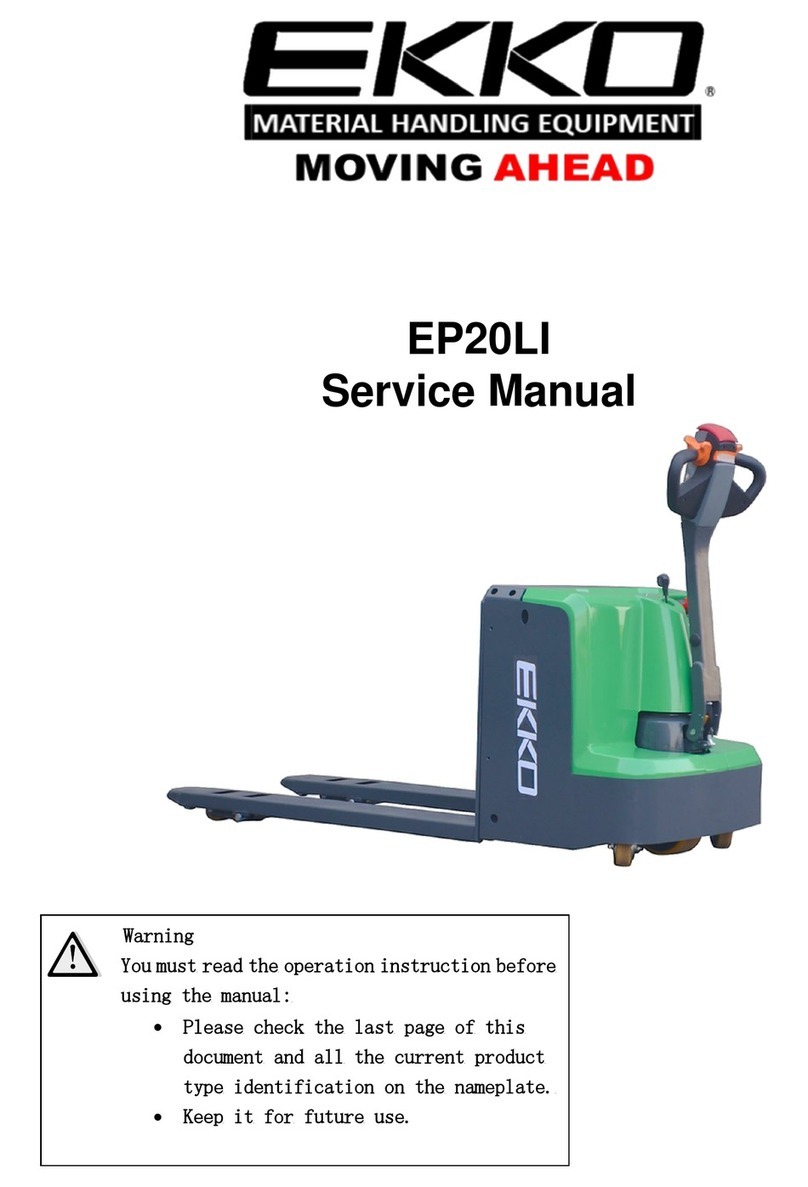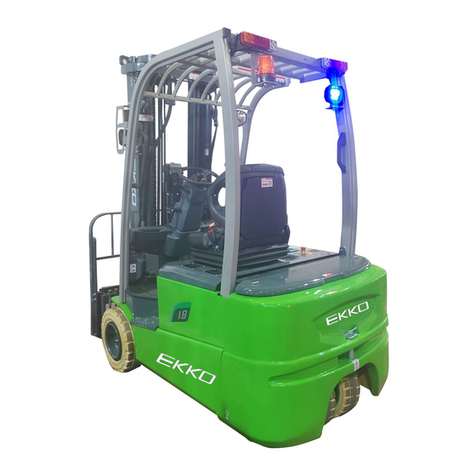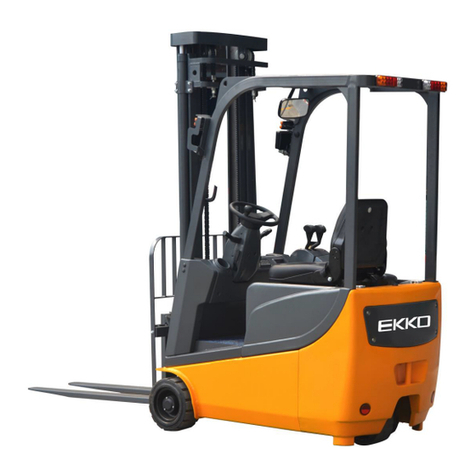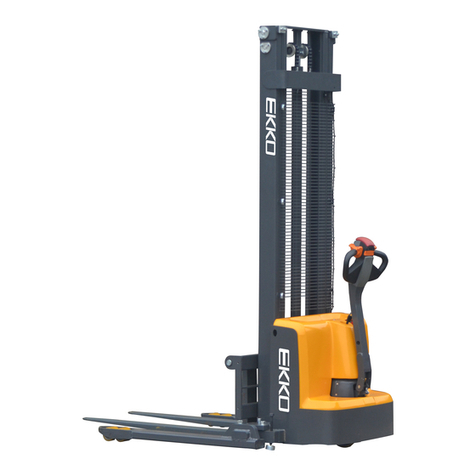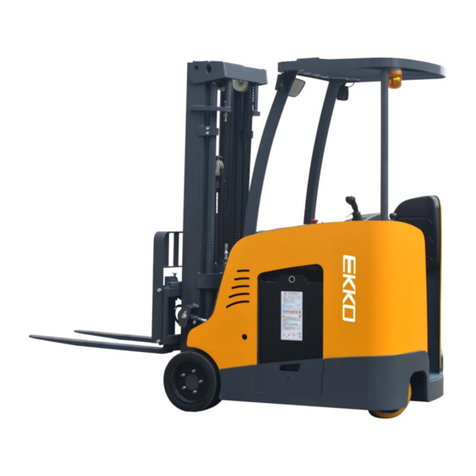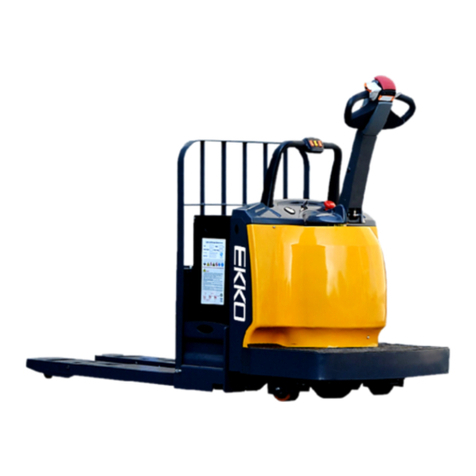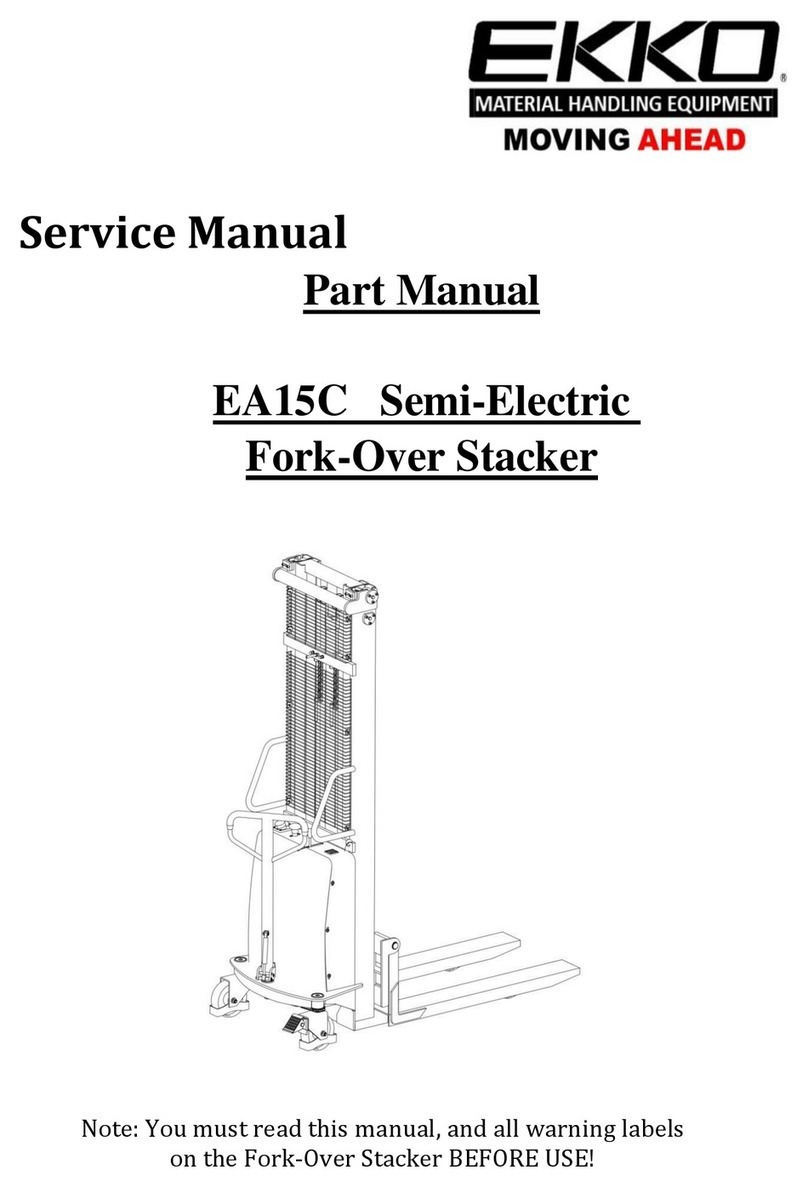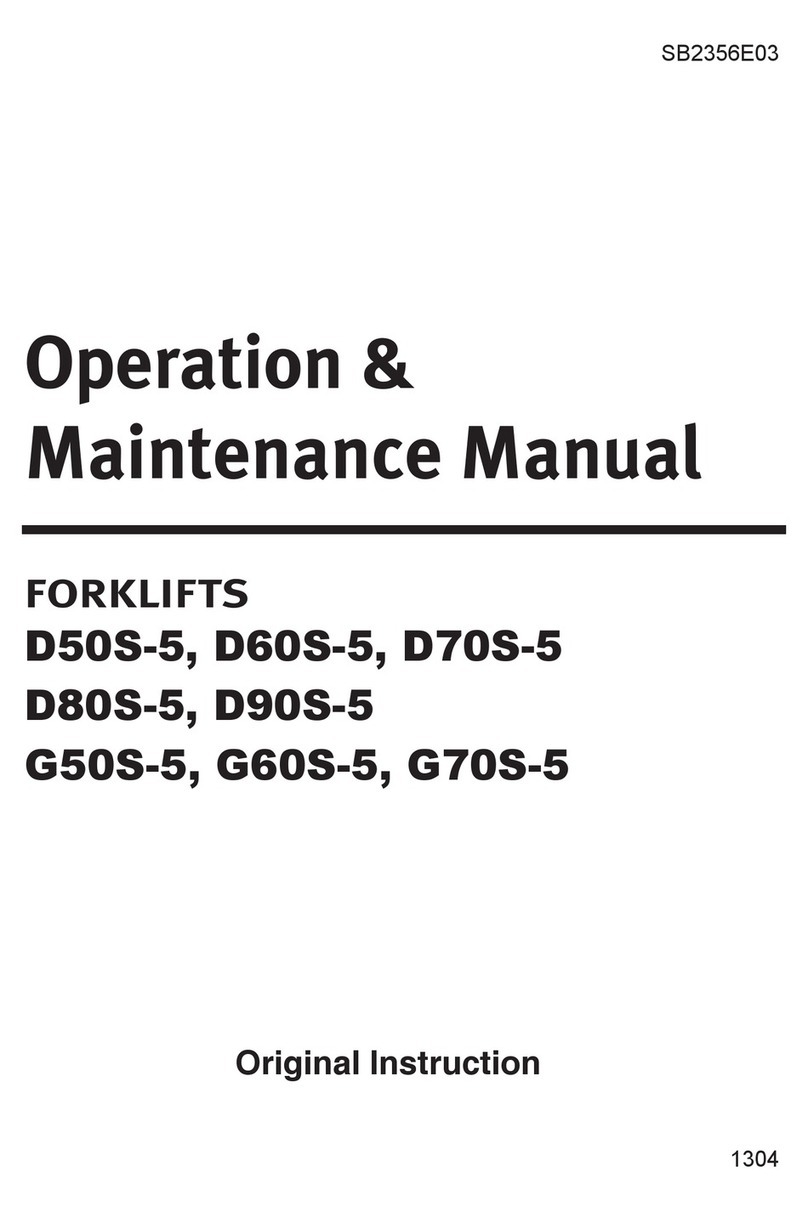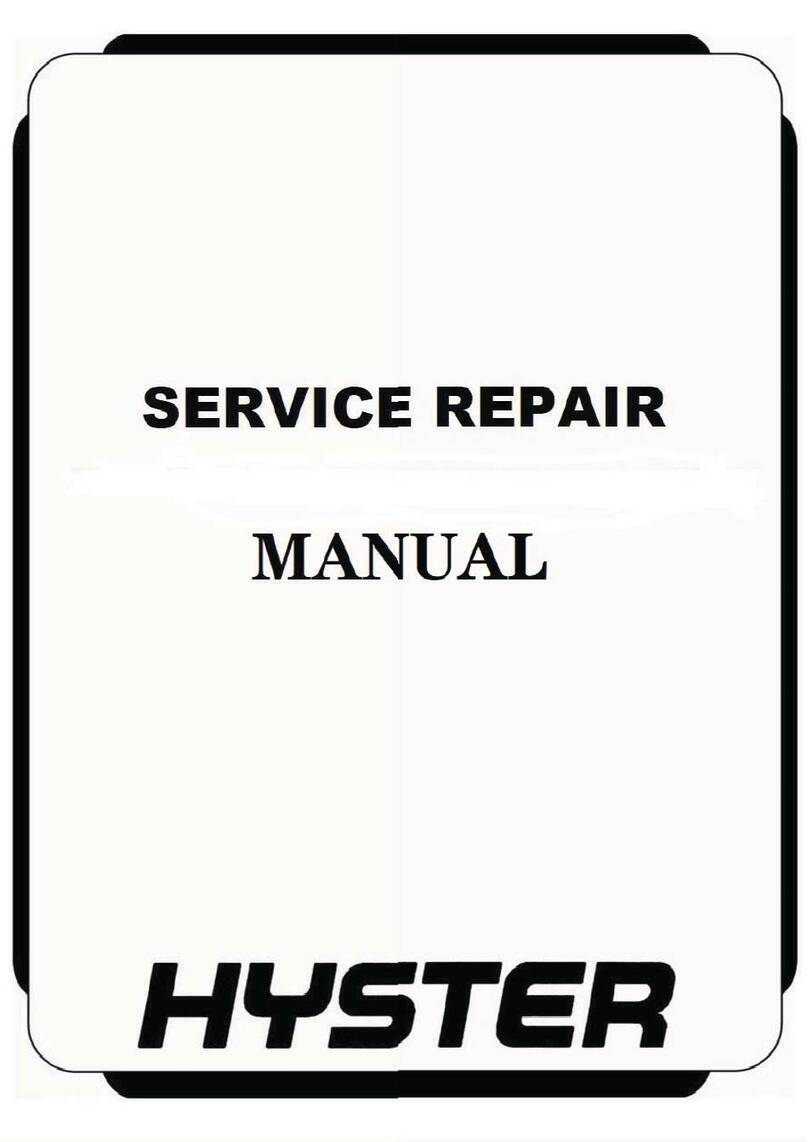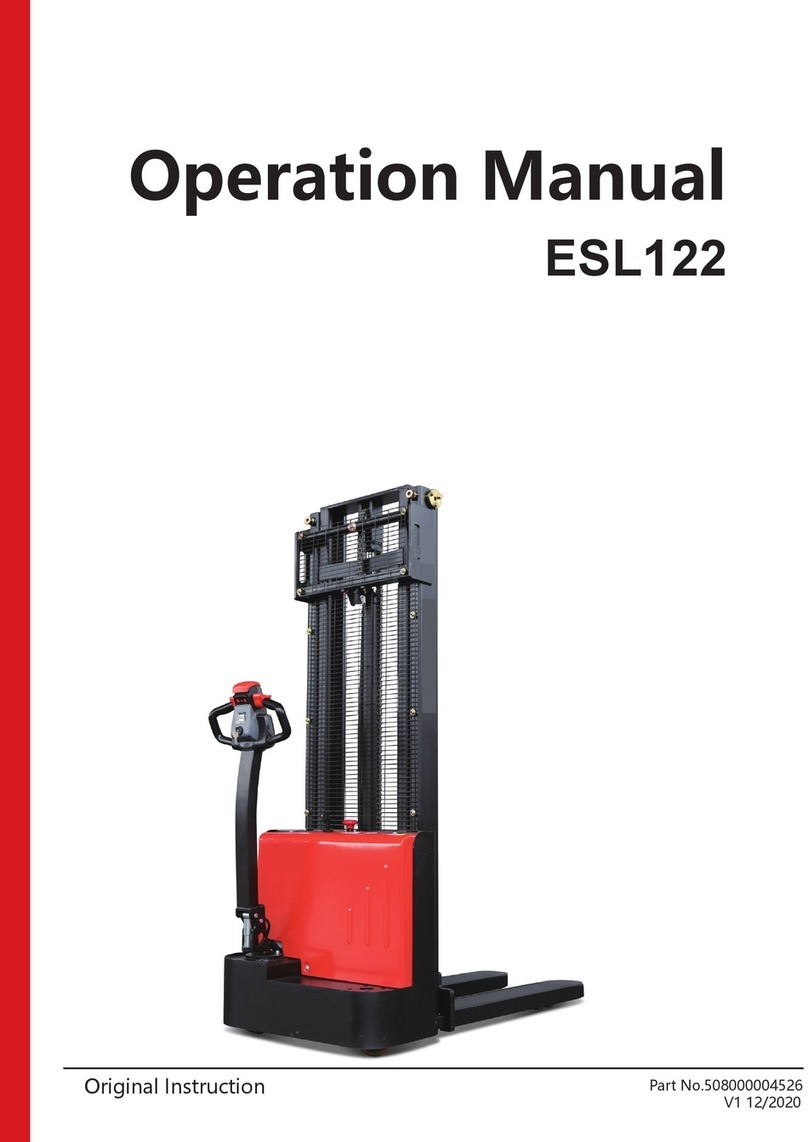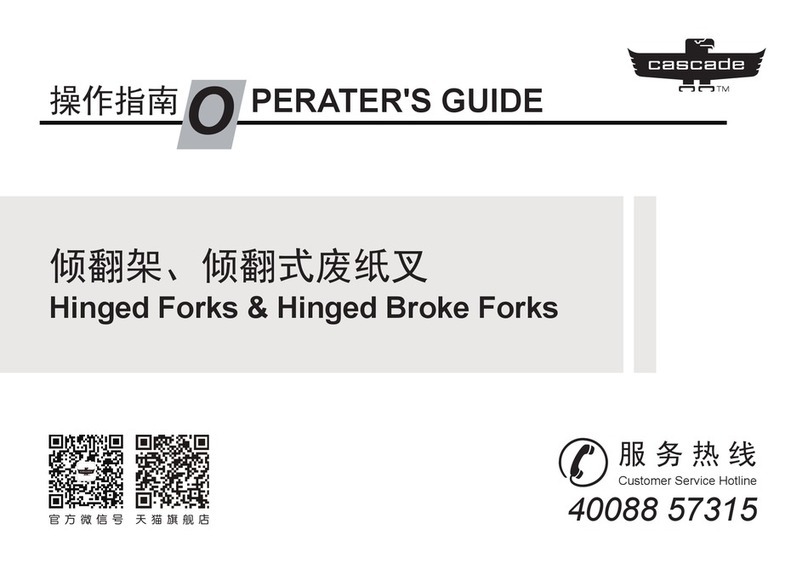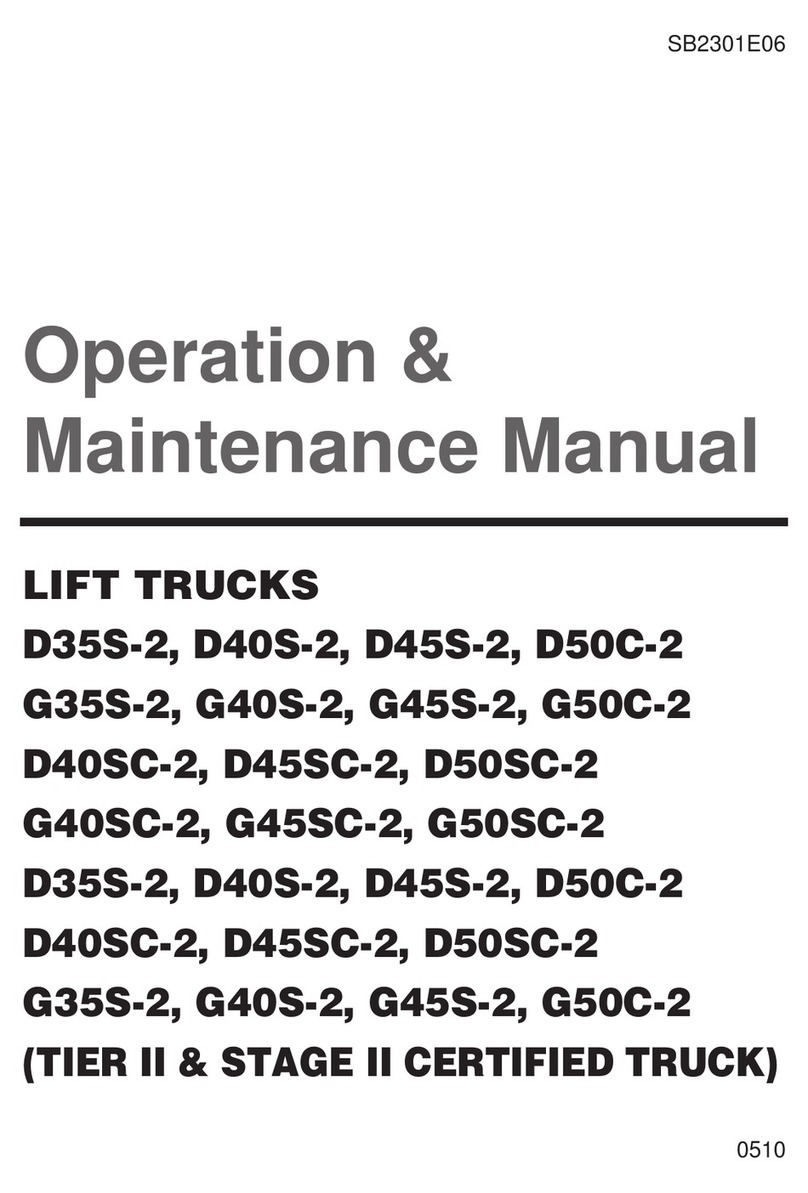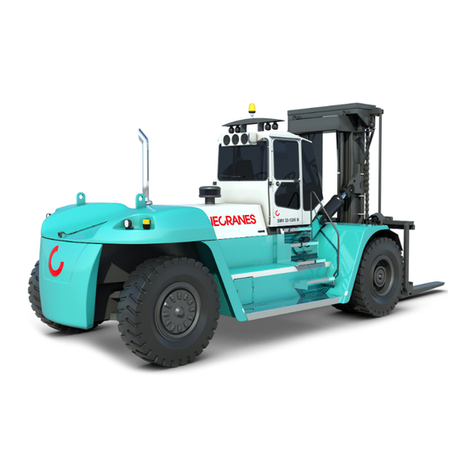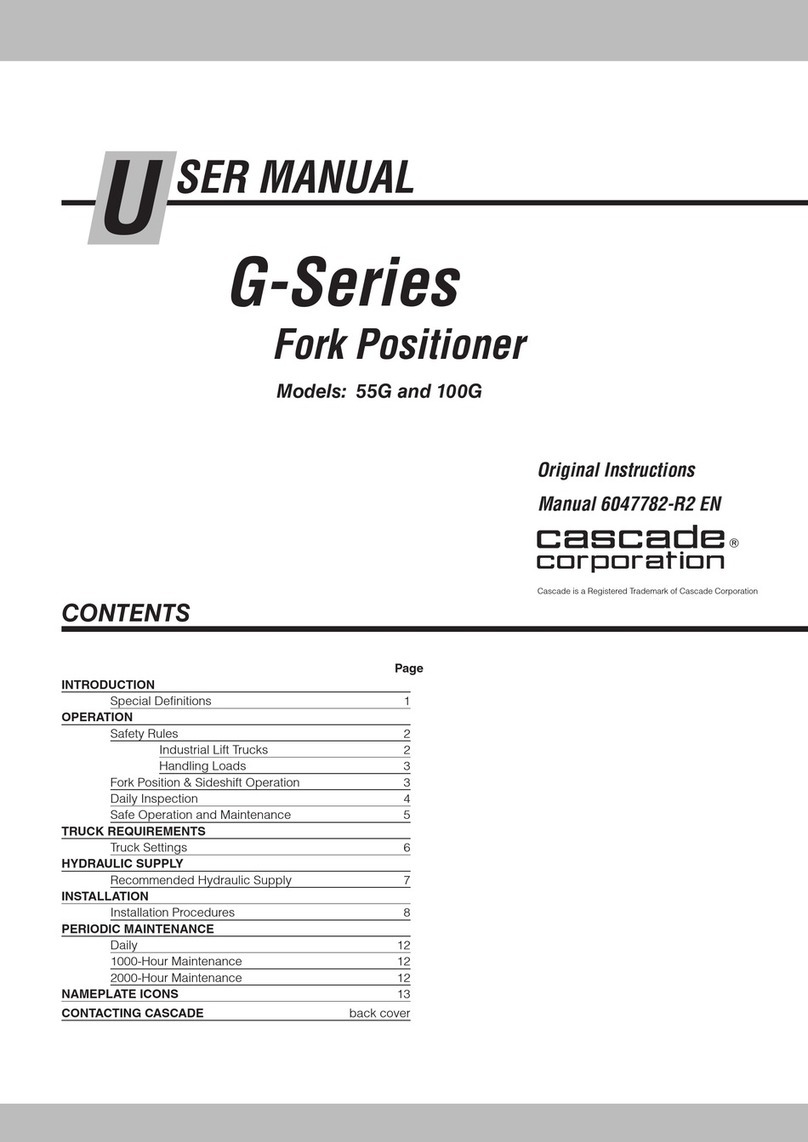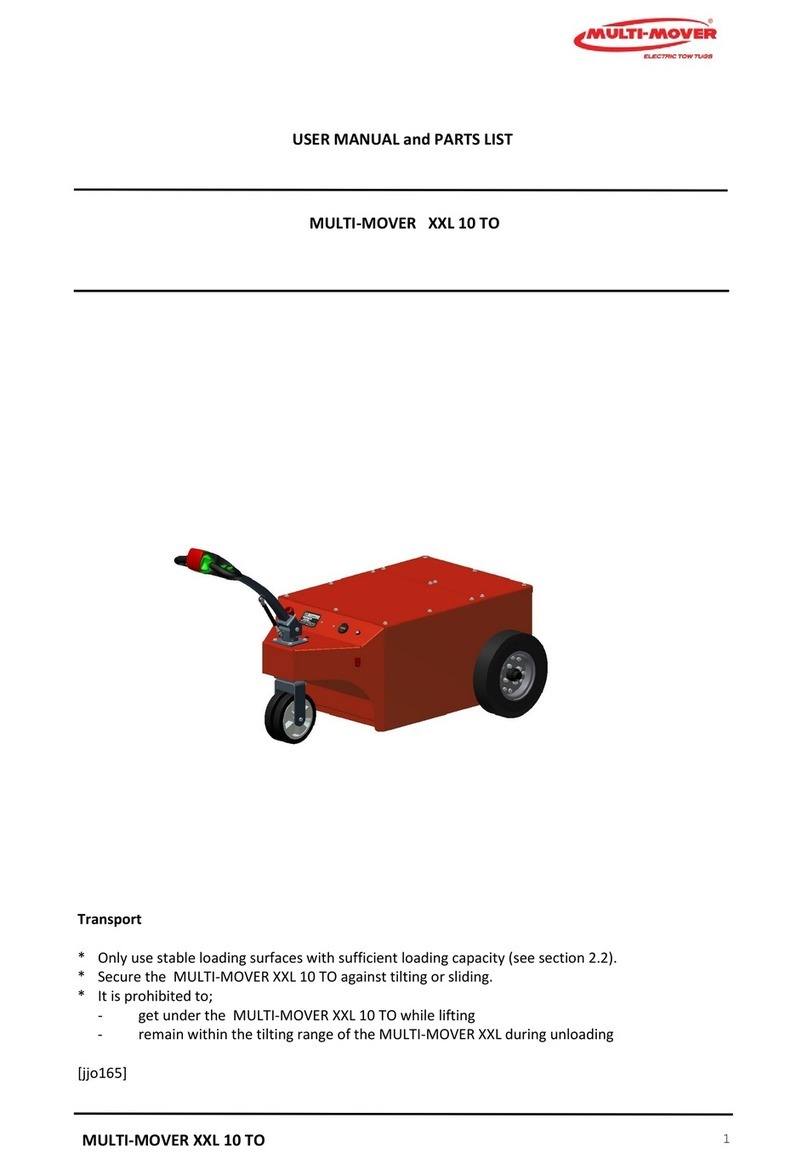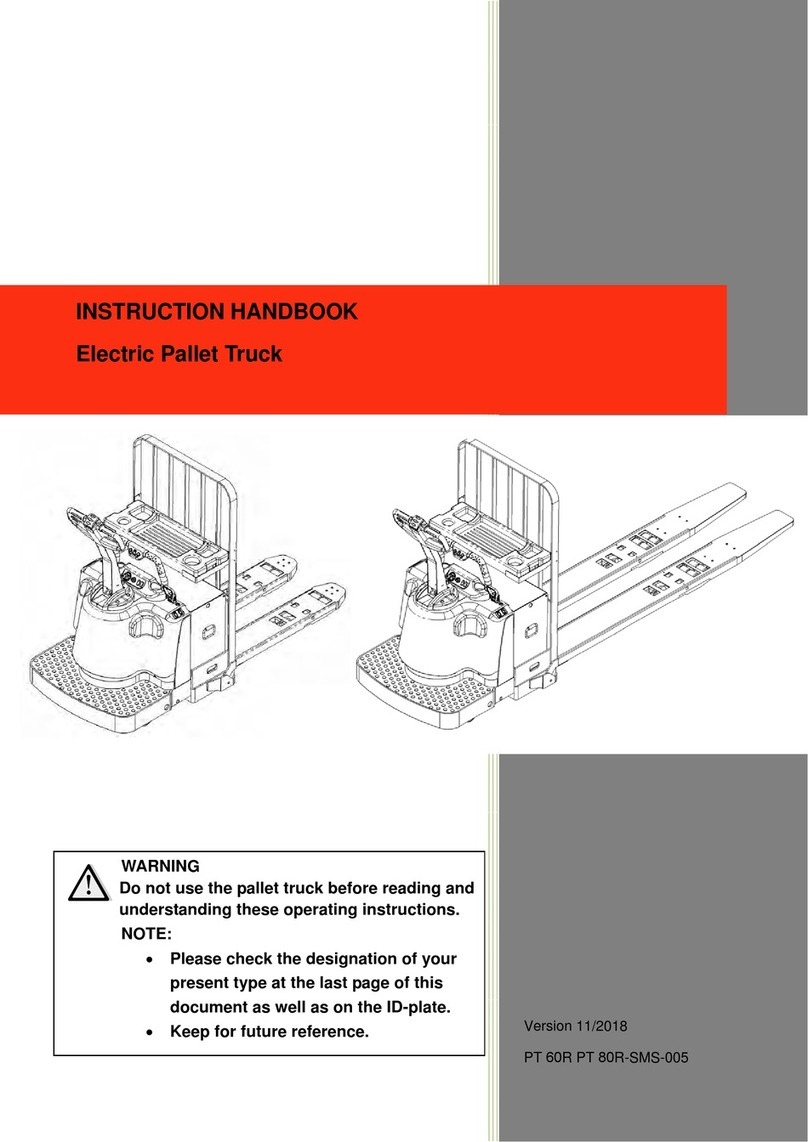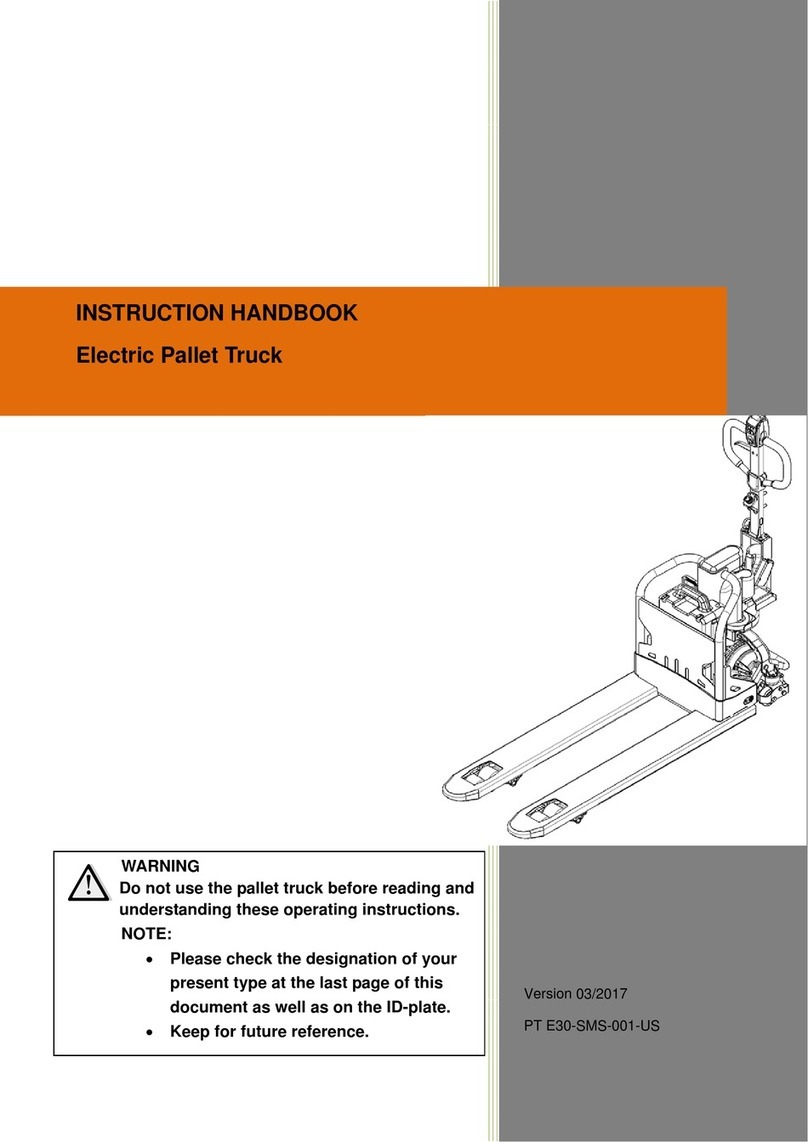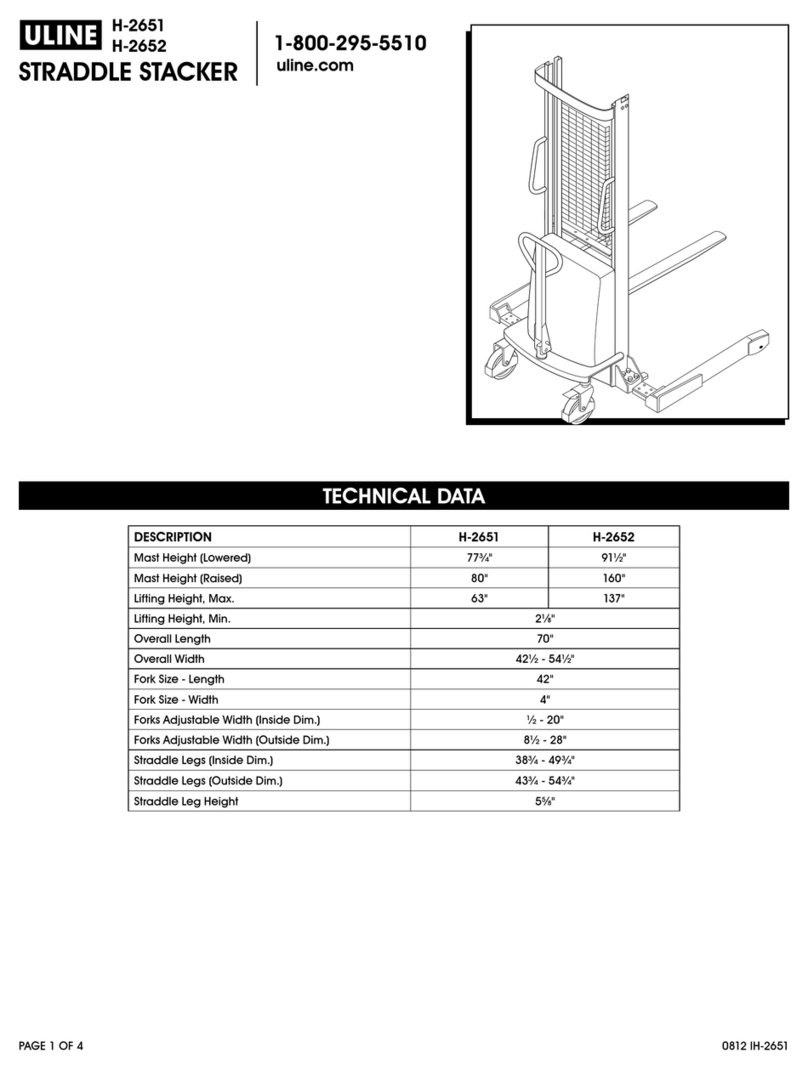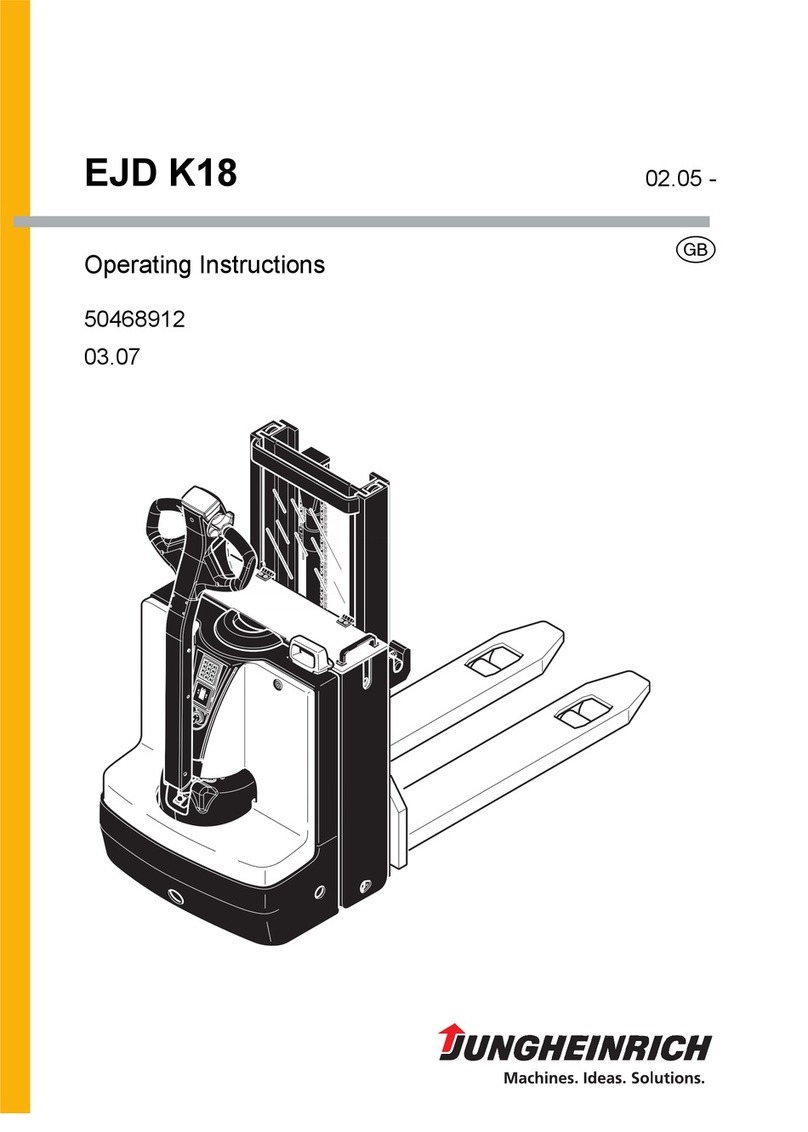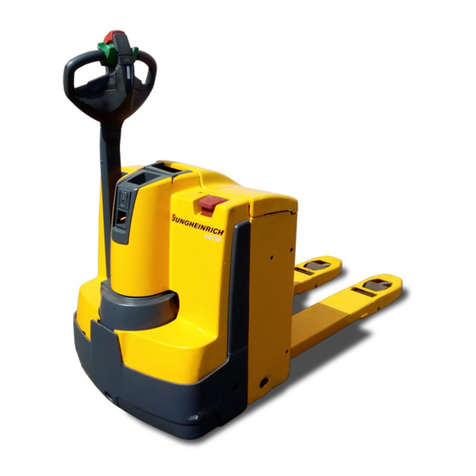
1
Contents
1.The eneral Introduction..........................................................................................................................2
2.Proper usage................................................................................................................................................ 2
Modification............................................................................................................................................... 3
3.Introduction of the product...................................................................................................................... 3
3.1 Model Overview...................................................................................................................................4
3.2 Model.................................................................................................................................................... 4
4.Operating principle.................................................................................................................................... 5
Operating mechanism diagram:.................................................................................................................. 6
5.Operating principle.................................................................................................................................... 6
5.1 Running system................................................................................................................................... 7
5.2 Steering system....................................................................................................................................7
5.3 Braking system.................................................................................................................................... 7
5.4 Operating System................................................................................................................................ 8
5.5 lectric System.....................................................................................................................................8
5.6 Hydraulic principle..............................................................................................................................9
6.Electrical schematic diagram....................................................................................................................9
7.Hydraulic Principle Diagram.................................................................................................................. 10
8.Operating instruction...............................................................................................................................11
8.1 Start, run and parking:...................................................................................................................... 11
8.2 The usage of emergency safety switch............................................................................................ 12
8.3 The usage of horn button.................................................................................................................. 12
8.4 Battery capacity indicator.................................................................................................................12
8.5 Handling stacking operation.............................................................................................................12
9.Maintenance...............................................................................................................................................13
9.1 Safety procedures for repair and maintenance.............................................................................. 13
9.2 Daily Maintenance............................................................................................................................. 14
9.3 Professional Maintenance Manual................................................................................................... 14
9.4 Maintenance, Recharging and Replacement of the accumulator.................................................. 16
10.Safety Precautions.................................................................................................................................. 19
10.1 general rules.................................................................................................................................... 19
10.2 Transportation and storage............................................................................................................19
10.3 Check before Using..........................................................................................................................20
10.4 Safe Operation................................................................................................................................. 20
11.Repair Manual......................................................................................................................................... 22
11.1 Malfunction analysis....................................................................................................................... 22
11.2 preparation work before repair.....................................................................................................22
11.3 check the oil content of hydraulic oil.............................................................................................23
11.4 preparation work before use after maintenance..........................................................................23
